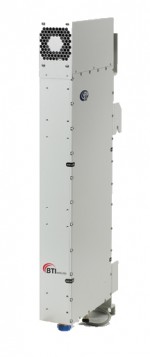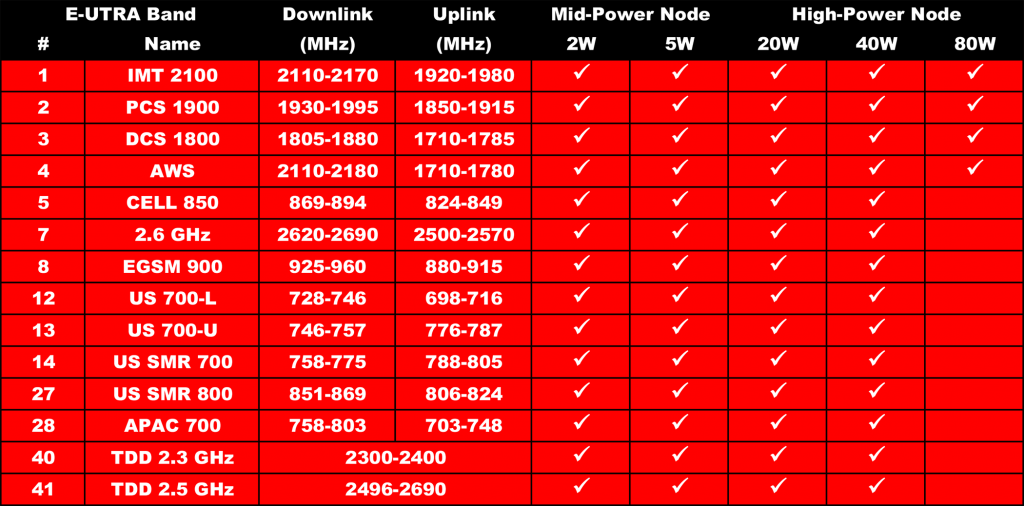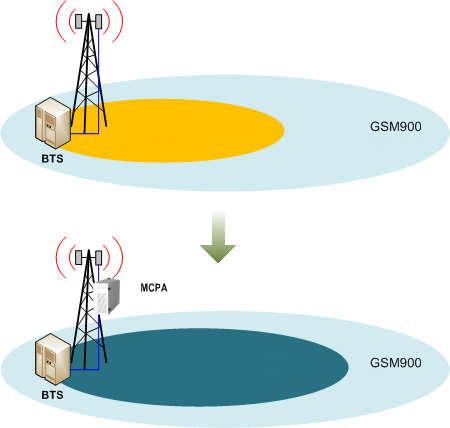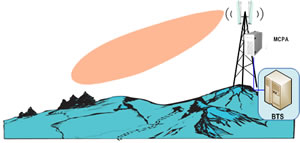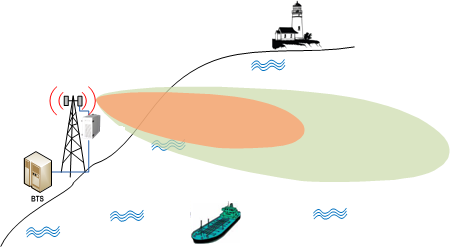Multi-Band, Multi-Standard, Multi-Carrier (mBSC)
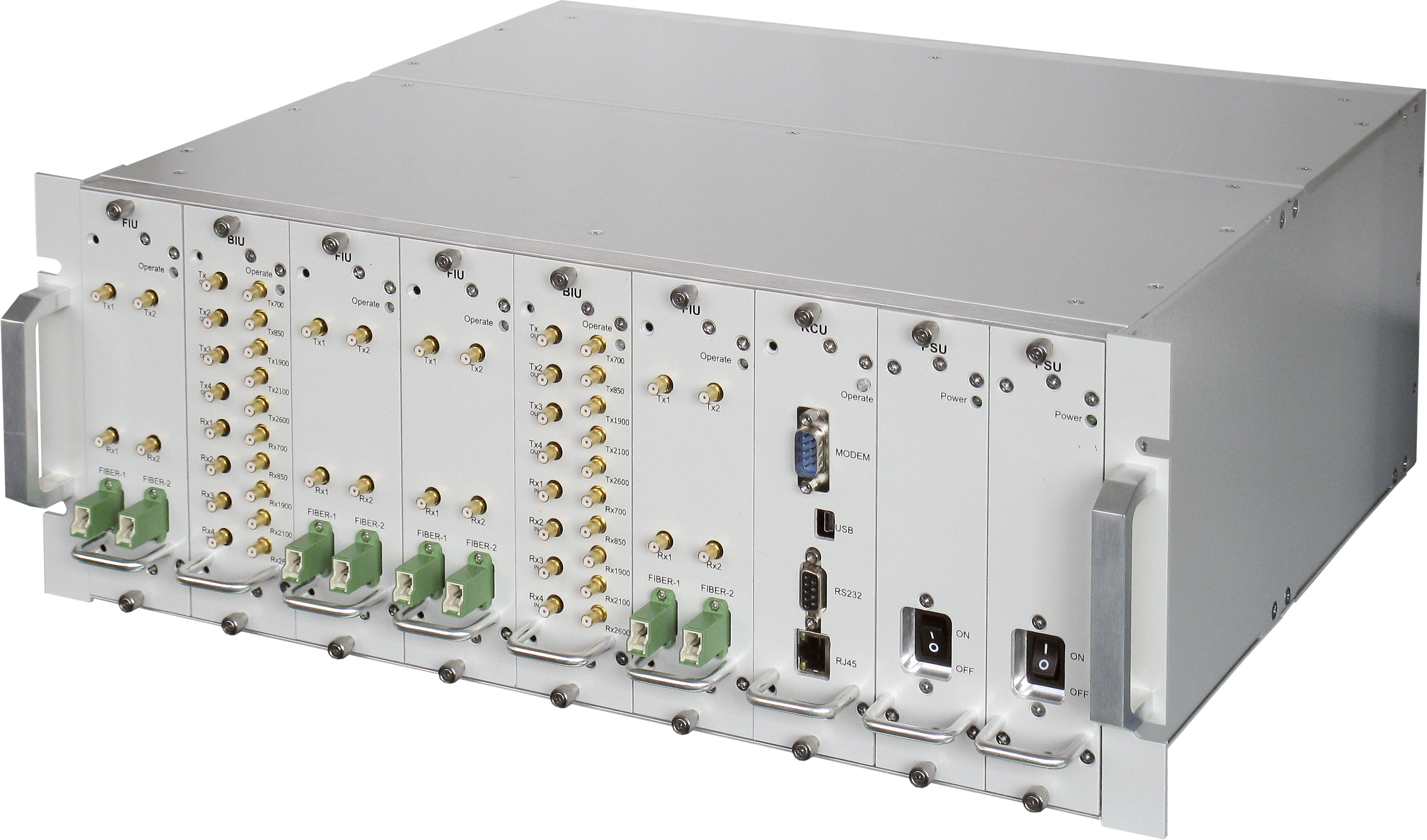
With the ever-increasing user demands on carriers for coverage and capacity, distributed antenna systems (DAS) have become a key element of carrier networks. BTI Wireless is a global leader in indoor and outdoor distributed antenna system (DAS) solutions, supporting applications for extending coverage, adding capacity, minimizing space requirements, and reducing cost. BTI’s customers include wireless carriers, neutral hosts, venue owners, real estate owners, enterprises, and subway/metro rail operators.

With the industry’s most advanced linear power amplification technology, BTI offers its customers the highest performance DAS solution, with the smallest equipment footprint. BTI also provides a mid-power, 19” rack-mounted remote node for indoor DAS applications – sharing a common head-end to enable mixed deployments with mid & high-power remote nodes. Our mBSC solutions support 2G, 3G and 4G LTE (MIMO and SISO) and beyond, in all common frequency bands in use by the global wireless community.
Neutral Host Venue and In-Building Solutions
With the burgeoning demand for seamless wireless everywhere, in-building solutions are, and will continue to be, an essential element of the network. BTI’s mBSC DAS platform enables mixed deployment of high-power and mid-power remote nodes to support the complex environments unique to in-building and venue coverage.
BTI’s highly linear remote nodes deliver un-compromised performance with a modular design that allows you to deploy only what you need today, and inexpensively add on or upgrade as your needs require. BTI’s amplifiers support full instantaneous bandwidth for all operating bands, significantly reducing deployment costs by enabling the amplifiers to be shared by all licensed operators in the network. With fully-rated output power up to 10W per band in our mid-power nodes, and up to 80W per band in our high-power nodes, there is enough capacity for the most challenging environments!
Outdoor DAS
Outdoor DAS has been successfully utilized by operators around the world to rapidly deploy dense capacity in urban areas, and to extend coverage across challenging terrains. BTI has provided equipment for extensive outdoor DAS networks for operators in the United States, EMEA, Asia Pacific and Oceania.
BTI has consistently pushed the envelope for maximum output power, and power density (Watts per cubic litre). We provide natural convection-cooled solutions up to 40W per band, and active-cooled remote units up to 80W per band. BTI’s modular design allows cost efficient “pay-as-you-grow” and upgrade scenarios important in today’s rapidly changing environment.
Head End Solutions
The mBSC host unit (HU) product line provides optimal implementation flexibility to reduce cost, minimize space requirements at the DAS hub site, and allow for growth and expansion of the system. Each HU shelf contains fully redundant power supplies, a remote control unit for network/element management of both the host unit and remote node equipment.
Each HU can support different combinations of the BTS interface unit (BIU) and fiber interface unit (FIU) line cards. The BIU interfaces to the POI, or directly to a base station, and typically is deployed in a one-per-sector configuration, with support for Remote Node simulcast ratios from 1:1 up to 32:1. The FIU converts RF signals to analog or digital fiber (up to five bands per FIU, with support for two optical links per FIU card), and provides the interface between the HU and remote DAS nodes.
Remote Node Solutions
Delivering superior linear power amplification in the smallest footprint, BTI’s modular fiber-fed remote nodes are the premier differentiating component of the BTI DAS offering. BTI supports a full range of RF coverage solutions using DAS within all common operating bands in use around the world.
The mBSC system supports up to 5 bands on a single WDM fiber, as well as supporting multi-sector and MIMO configurations on a single CWDM fiber. Delivering the highest performance standards, BTI solutions minimize the noise figure introduced by DAS deployments, and support full instantaneous bandwidth required for multi-operator, neutral-host DAS designs.

